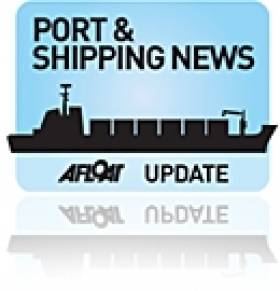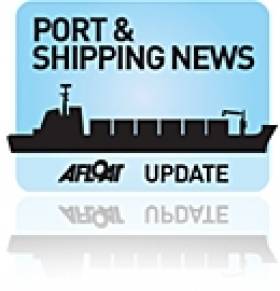Displaying items by tag: EU CO2 agreement
Ports & Shipping Review: Brave Newbuild Launched, Ferry Trials Deep Down Irish Sea, Agreement on CO2 & Sister of Final H&W Built Ship Debuts in Dublin
#Ports&ShippingReview – Over the last fortnight, Jehan Ashmore has reported from the shipping scene, where Arklow Shipping's fifth out of six 'B' class 'green' newbuilds Arklow Brave was launched in the Netherlands.
Another newbuild, German built Loch Seaforth carried out sea trials in the Irish Sea for Scottish ferry operator CalMac, which involved departing the Clyde and heading south as far as the Codling Bank offshore of Wicklow Head.
The Permanent Representatives Committee reached agreement with European Parliament on new EU-wide rules regarding CO2 emissions from ships.
A sister of Anvil Point, the last ship to be built in Belfast by Harland & Wolff in 2003, the Dorset docked in Dublin Port having entered service for Colbelfret's (CLnD Ro-Ro) service from Zeebrugge.
Agreement of European Parliament On Monitoring CO2 Emissions from Ships
#CO2emmissions – An agreement between the Permanent Representatives Committee has been confirmed with the European Parliament on new EU-wide rules for monitoring, reporting and verification of CO2 emissions from ships. The agreement reached last month was through an informal trilogue.
International maritime shipping is the only means of transportation not included in the EU's commitment to reduce greenhouse gas emissions. Monitoring of CO2 emissions from ships is the first step of a staged approach to reduce greenhouse gas emissions in this sector as well.
The new regulation will improve information about CO2 emissions relating to the consumption of fuels, transport work and energy efficiency of ships, which make it possible to analyse emission trends and assess ships' performances.
For further information click PDF document here.






























































